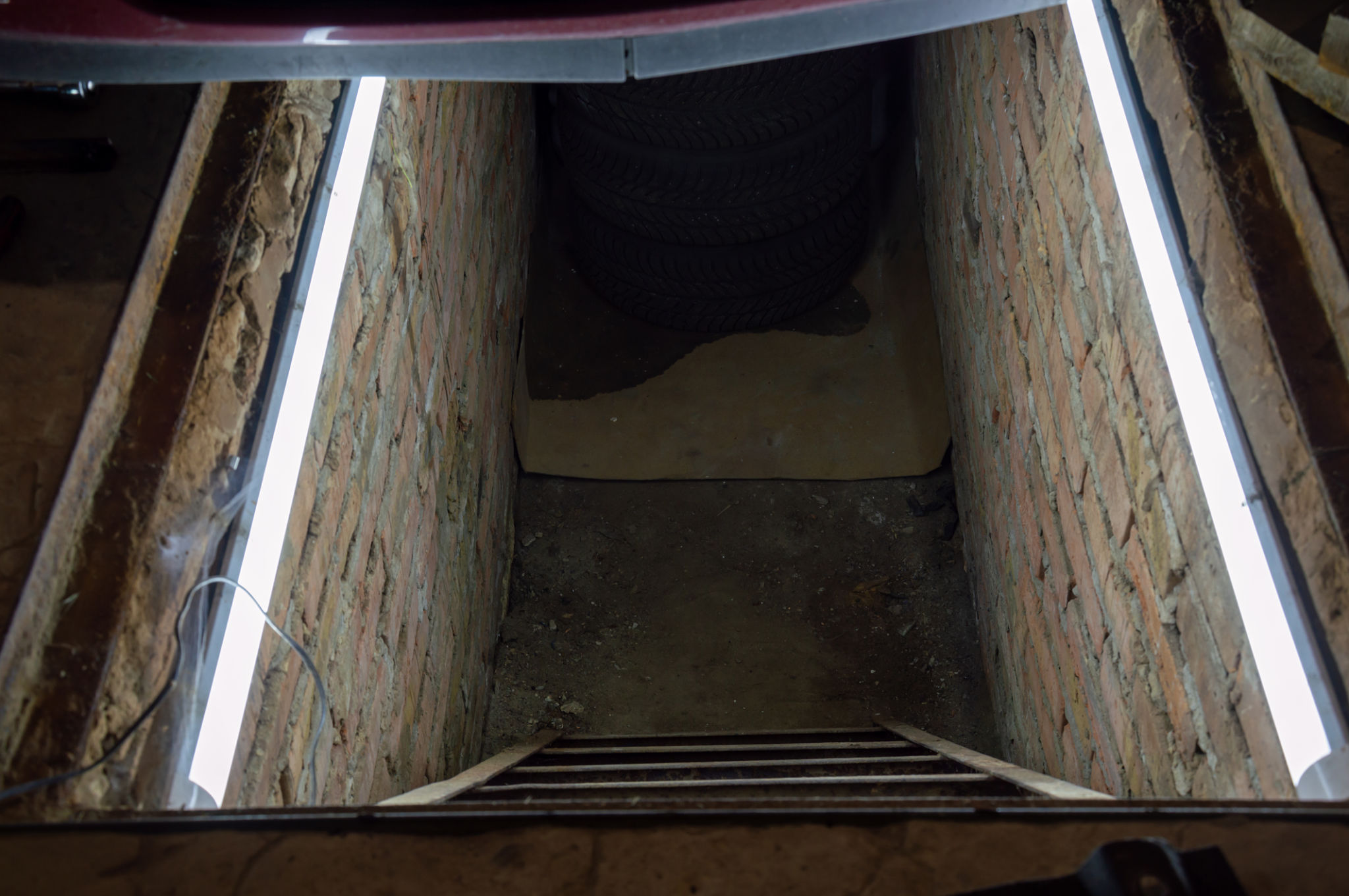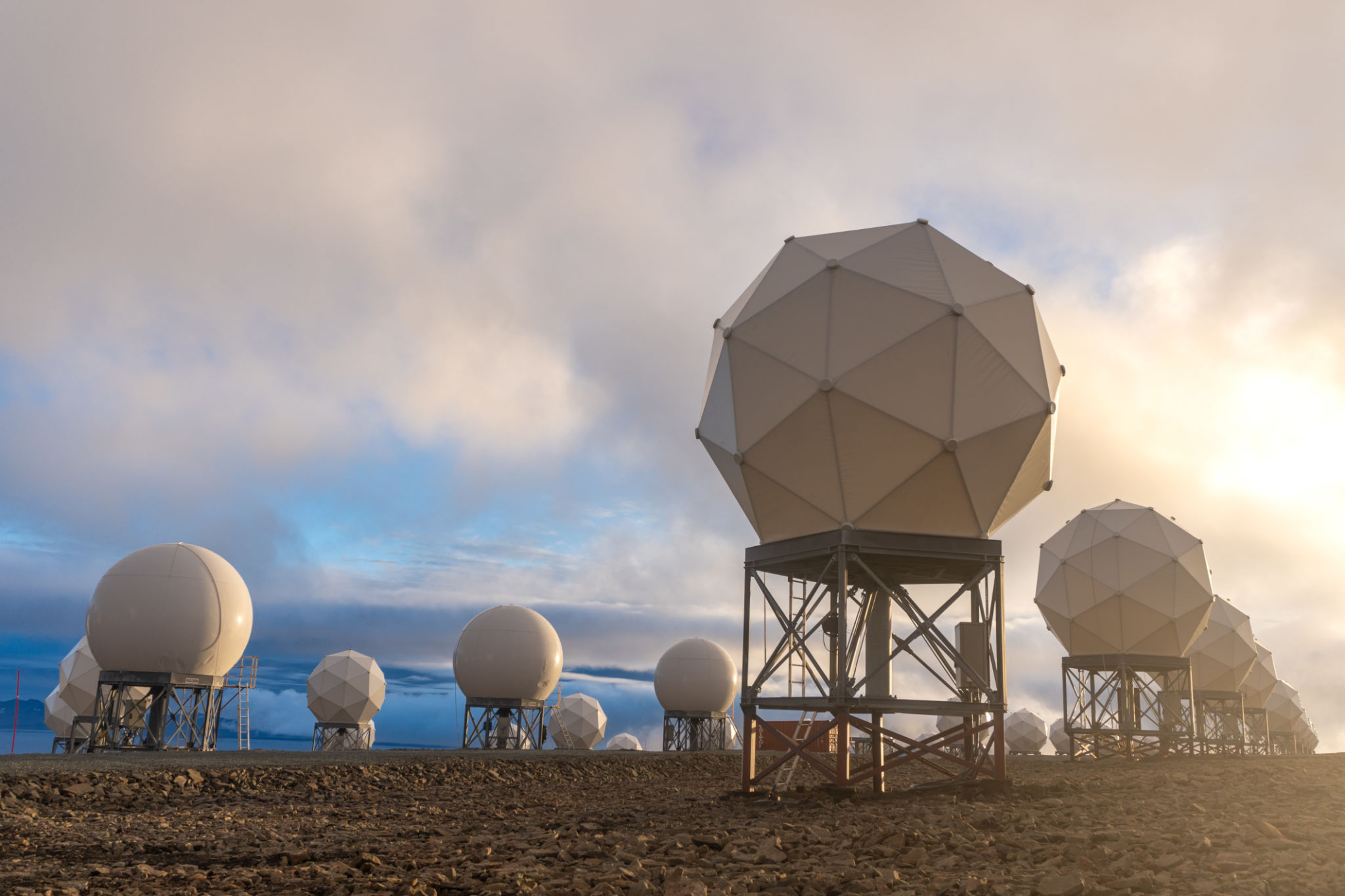Why Underground Utility Mapping is Essential Before Any Construction Project
Understanding Underground Utility Mapping
Before any construction project begins, one of the critical steps is identifying what lies beneath the surface. This is where underground utility mapping becomes an essential part of the pre-construction process. By using advanced technologies, such as ground-penetrating radar and electromagnetic detection, utility mapping provides a clear picture of existing underground utilities and structures.
Utility mapping helps in identifying the location and depth of various utilities like water pipes, gas lines, electrical cables, and telecommunications networks. This is crucial as it ensures that construction does not inadvertently damage these utilities, which could lead to costly repairs and delays.

Preventing Costly Mistakes
In the absence of accurate utility mapping, construction projects run the risk of damaging underground infrastructures. Such damages can result in significant financial losses due to repair costs and project delays. Even worse, accidental utility strikes can lead to dangerous situations, putting workers at risk and potentially causing environmental harm.
By investing in underground utility mapping before breaking ground, construction companies can avoid these pitfalls. The upfront cost of mapping can be far less than the combined costs of repairs, downtime, and potential legal liabilities from utility strikes.

Ensuring Compliance with Regulations
Many jurisdictions require utility mapping as part of their construction regulations. This is not just a bureaucratic hurdle but a necessary step to ensure safety and compliance with safety standards. Failing to adhere to these requirements can result in fines and penalties, further increasing project costs.
By adhering to these regulations through comprehensive utility mapping, construction firms demonstrate their commitment to safety and professionalism. This not only protects them legally but also enhances their reputation within the industry.
Enhancing Project Planning and Efficiency
Utility mapping also plays a vital role in the overall planning and efficiency of a construction project. With precise data regarding underground utilities, project managers can design more efficient work schedules and allocate resources more effectively. This foresight enables smoother operations and helps in maintaining timelines.

Moreover, having detailed knowledge of underground utilities allows for more informed decision-making. This can lead to innovative solutions that optimize the use of space and resources, ultimately improving the project's outcome.
The Role of Modern Technology
The technologies used in underground utility mapping have evolved significantly over recent years. Modern tools provide high-resolution data that offer unprecedented accuracy. These technologies not only map existing utilities but can also help in detecting potential issues that may not be visible otherwise.
For example, ground-penetrating radar can reveal voids or weaknesses in the ground that might affect construction stability. These insights are invaluable for ensuring the long-term success and safety of a construction project.

The Environmental Impact
Accurate utility mapping also contributes to minimizing environmental impact. By avoiding unnecessary digging and reducing the risk of damaging utility lines, construction projects can be more environmentally friendly. This conscientious approach helps in preserving natural resources and maintaining ecological balance.
In conclusion, underground utility mapping is not just a preliminary step but a fundamental component of a successful construction project. It safeguards against financial loss, ensures compliance with regulations, boosts project efficiency, leverages modern technology for better outcomes, and supports environmental sustainability.
